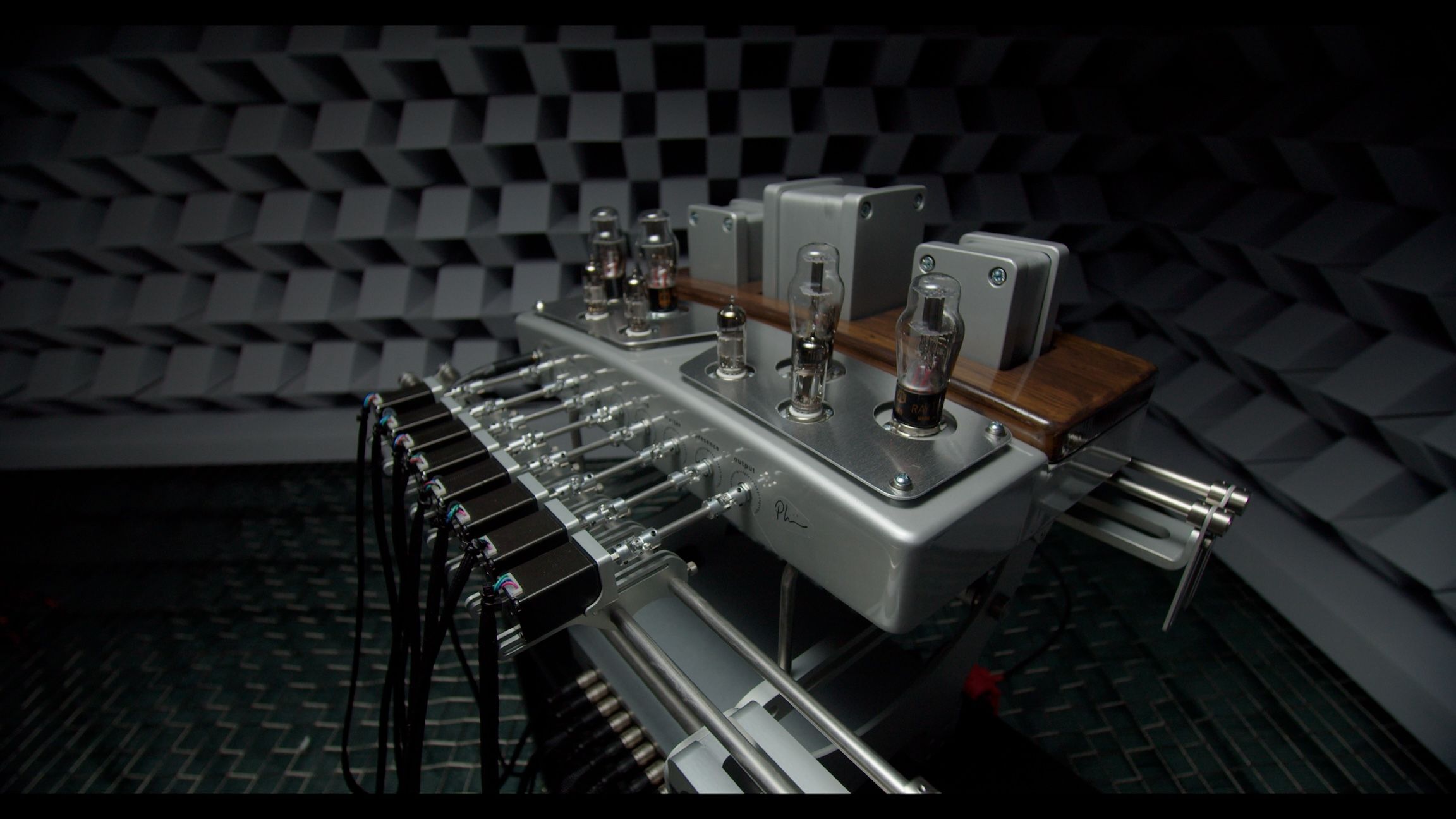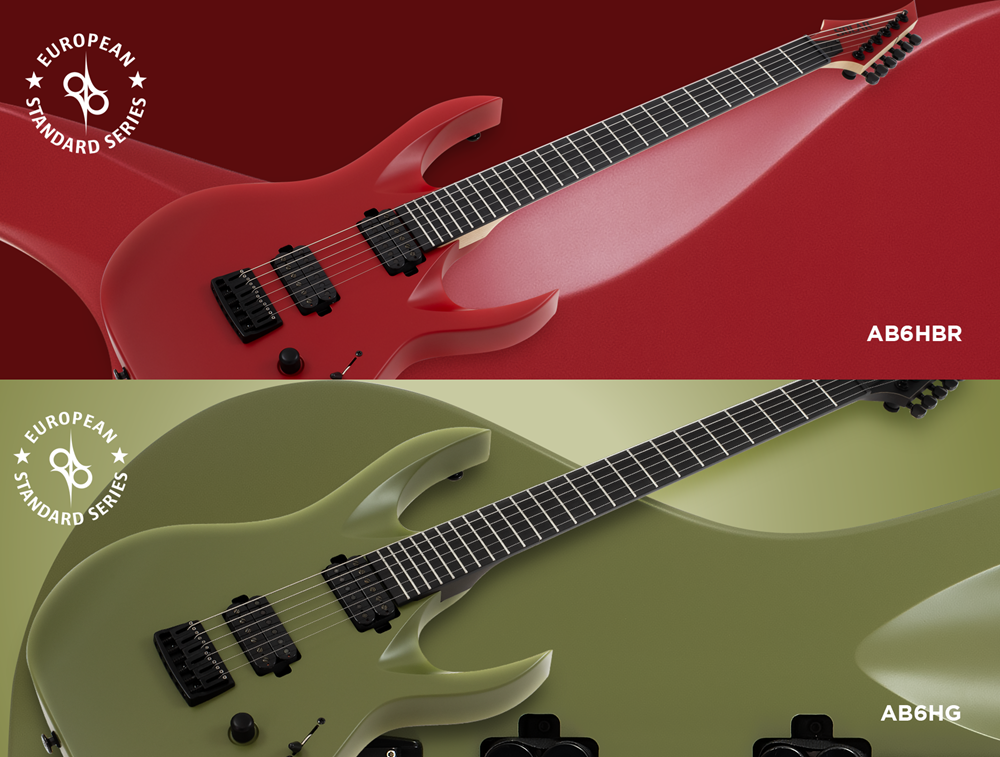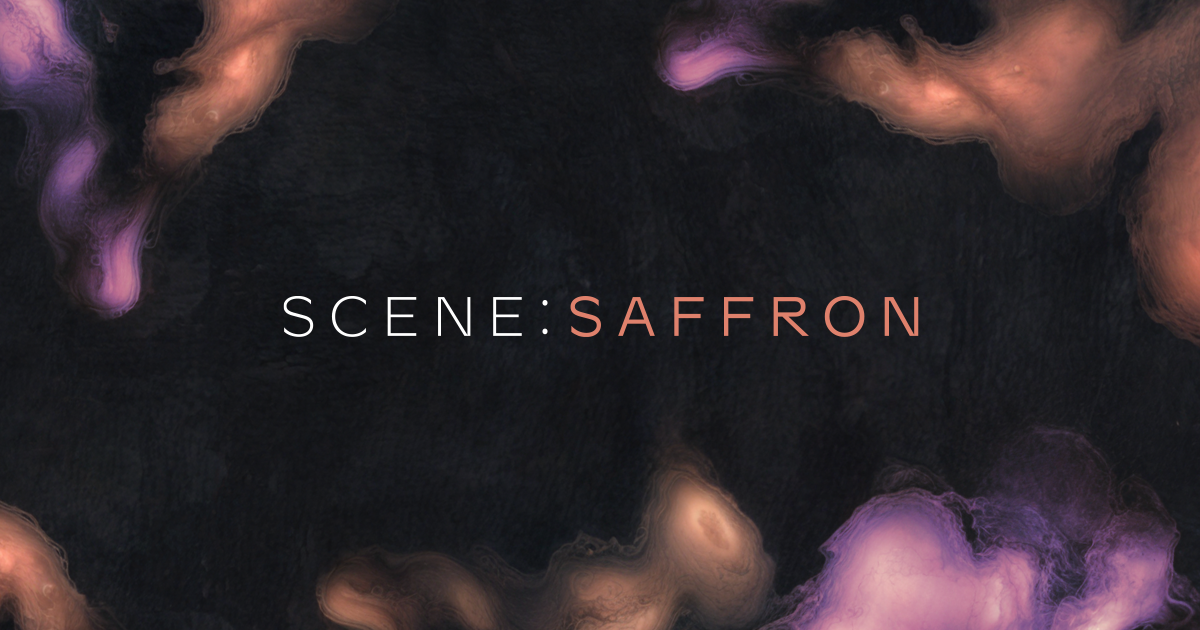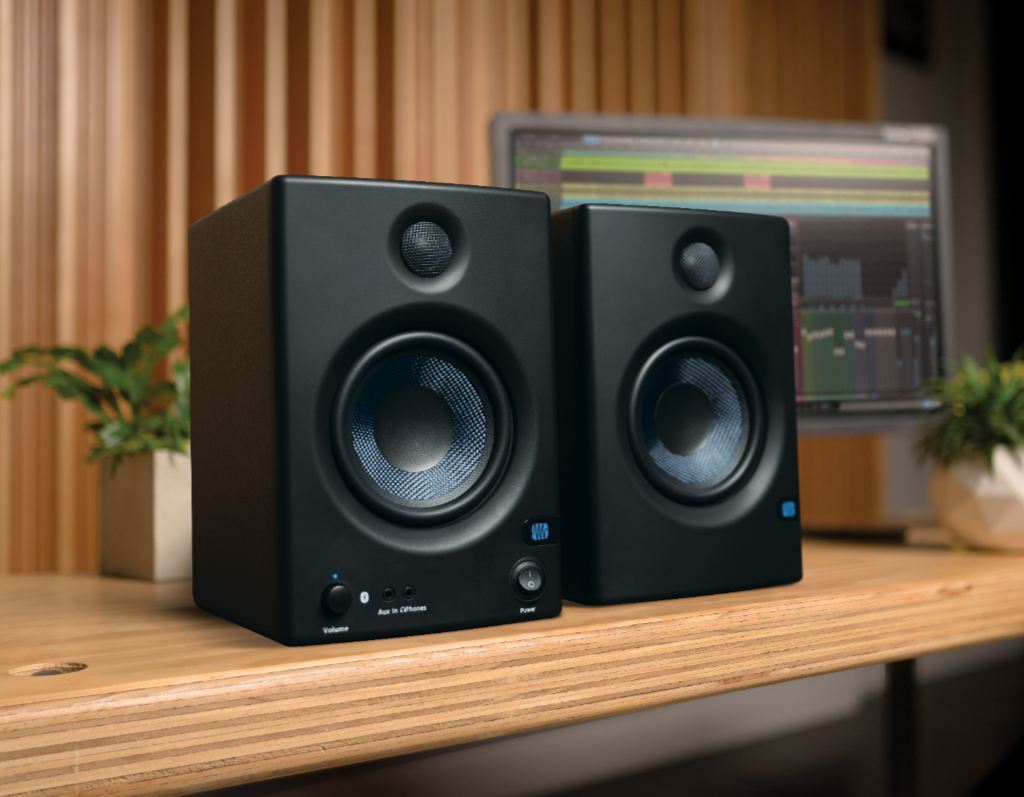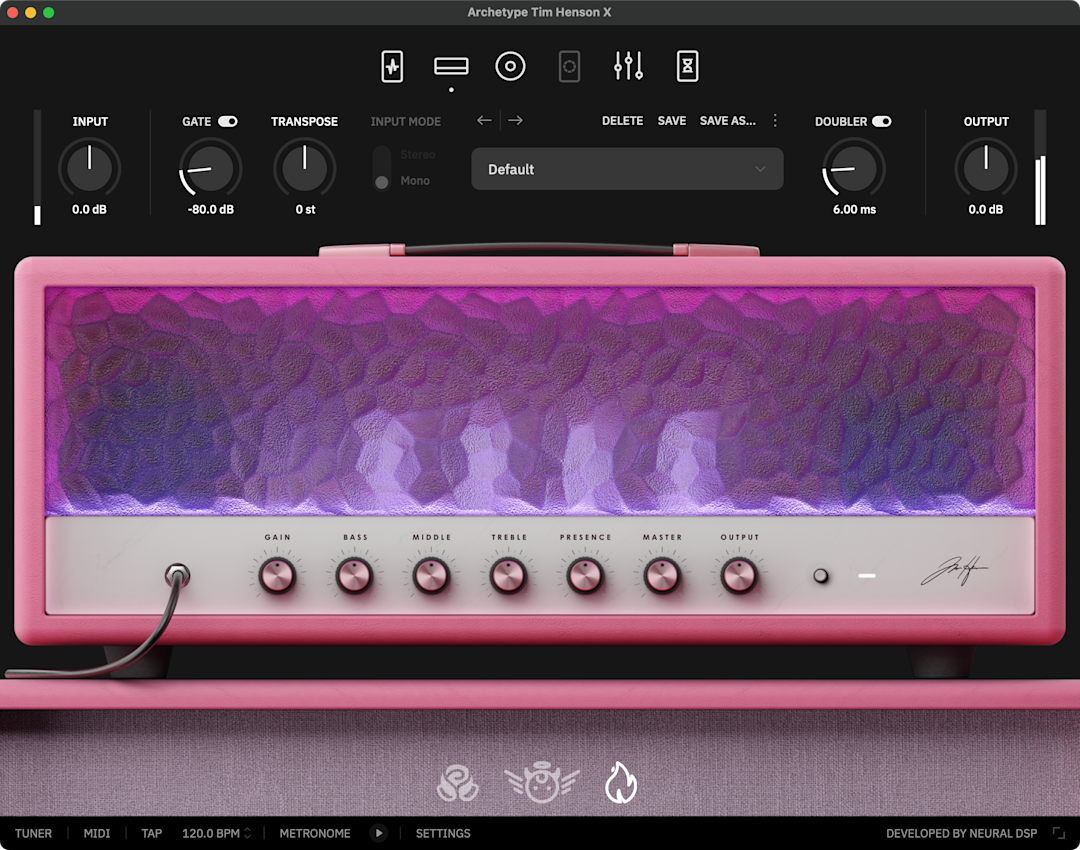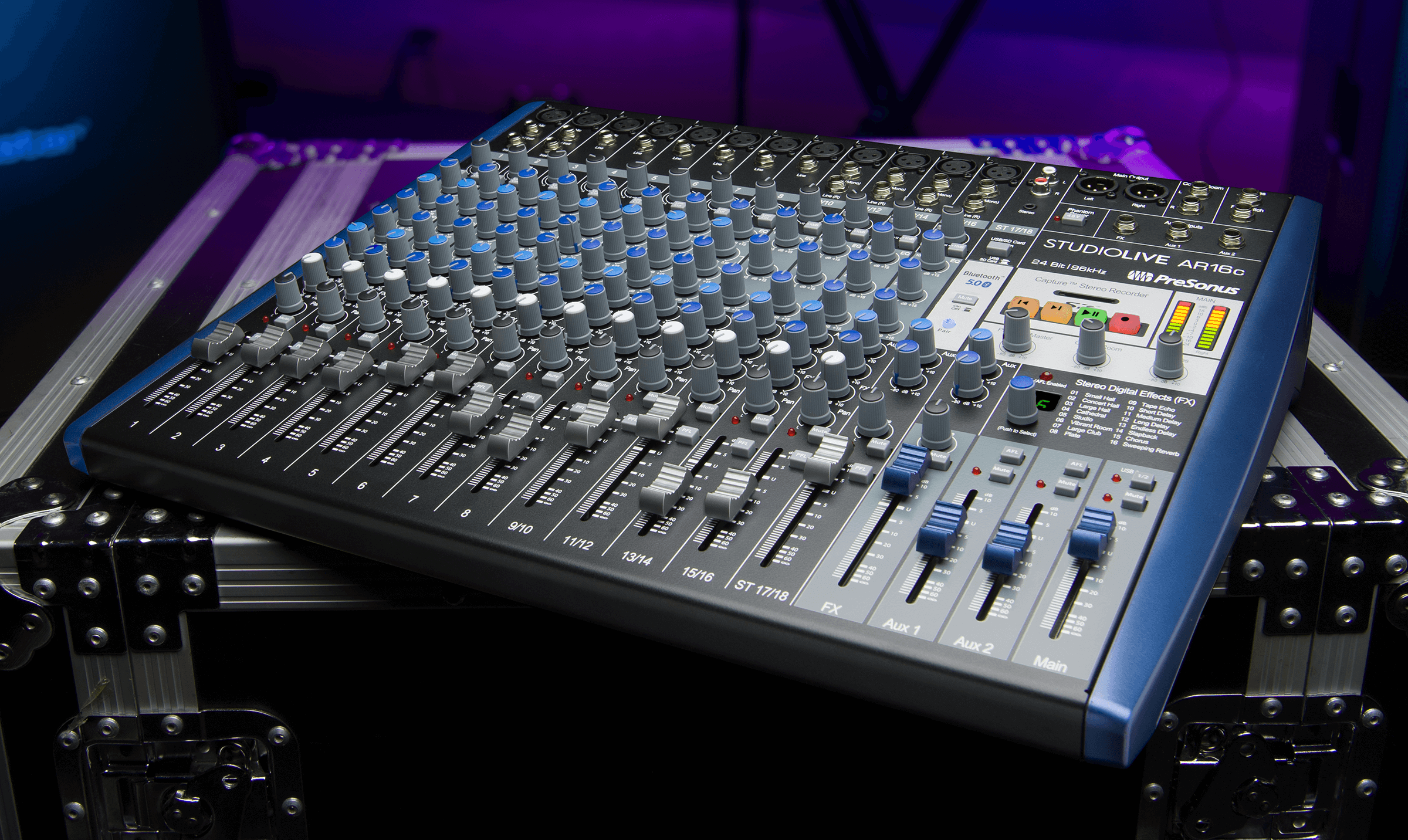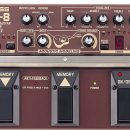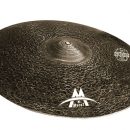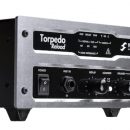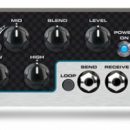 The proprietary data-collection robot makes Quad Cortex plugin compatibility a reality, marking a groundbreaking leap in the symbiosis between guitar amplifier modeling hardware and software.
The proprietary data-collection robot makes Quad Cortex plugin compatibility a reality, marking a groundbreaking leap in the symbiosis between guitar amplifier modeling hardware and software.
HELSINKI, FINLAND, July 31, 2024 – As part of its enduring commitment to pioneering industry-leading amplifier modeling technology, Neural DSP today announced the arrival of TINA, the company’s proprietary data-collection robot which takes authentically and faithfully modeling the sonic nuances of a guitar amplifier to an unprecedented level. TINA – a Telemetric Inductive Nodal Actuator – marries mechanical robotics with machine learning to digitally replicate analog devices, such as guitar amplifiers, like never before.
Leveraging the advanced capabilities of TINA, Neural DSP also launched CorOS 3.0.0 and the arrival of Quad Cortex Plugin Compatibility (PCOM), giving creators the ability to access the virtual devices in their Neural DSP plugins on their Quad Cortex. This initial release includes compatibility for two plugins: Archetype: Plini X and Archetype: Gojira X, with additional QC-compatible plugins set to launch in subsequent CorOS updates.
"TINA represents a groundbreaking integration of robotics and state-of-the-art machine learning for audio processing, furthering Neural DSP's commitment to redefining the standards in guitar amplifier modeling accuracy,” says Douglas Castro, CEO at Neural DSP Technologies. “This feat is the result of collaboration between our respective plugin and Quad Cortex teams, who have worked tirelessly to significantly improve the architecture of both platforms to ensure plugins can run on Quad Cortex. We’ve successfully removed all human intervention within the amplifier modeling process – ensuring an unparalleled level of precision in every model by capturing every subtle detail in the amplifier's controls.”
TINA: Leveraging Robotics for Authentic Sound Replication
In the spaces between the markings on an amplifier’s controls — gain, bass, mid, treble, presence, master — there is an entire universe of complex interactions and sonic distinctions. Guitarists will naturally play with these controls in a subjective manner, dialing in changes instinctively. But in trying to digitally emulate that process, even snapshot models of different configurations of those controls cannot translate all of the possible fine-tuned interactive combinations, and managing those million or more combinations would be impossible.
 What Neural DSP does with TINA is robotically access the entire spectrum of every control’s range by physically connecting with those controls via actuator arms. Every control is systematically turned with its output recorded. With enough recorded examples (typically thousands of control positions), a neural network is trained to replicate the behavior of the device for each one of these settings. Through this training process, the finished model will also generalize and precisely infer the sound of the device in any unseen control setting and input signal.
What Neural DSP does with TINA is robotically access the entire spectrum of every control’s range by physically connecting with those controls via actuator arms. Every control is systematically turned with its output recorded. With enough recorded examples (typically thousands of control positions), a neural network is trained to replicate the behavior of the device for each one of these settings. Through this training process, the finished model will also generalize and precisely infer the sound of the device in any unseen control setting and input signal.
TINA does the tedious part, deducing what control positions need to be recorded, plans the sequence to turn the knobs while minimizing wear-and-tear, and finally returns a collection of recordings with all of the related control positions carefully and precisely annotated.
By combining robotic data collection with machine learning, Neural DSP can distill the full range of an amp’s continuous control into a single neural network model with unparalleled precision. It also removes the need for painstaking and often biased human analysis and design. The collected data is always a complete representation of the device and its history; every tube, every transformer, every pot, every ding, and every scratch; anything you can hear and feel will be a part of the data the models are trained on.
 “TINA is the backbone of our robust and automated modeling pipeline, pushing the boundaries of model fidelity,” says Aleksi Peussa, Machine Learning Team Lead and Researcher at Neural DSP Technologies. “The collected data provides the ground-truth for the sound and feel of the device. No assumptions, no preferences, no limitations. Purely data. The vast amount of data along with advanced machine learning approaches can systematically push model accuracy to unparalleled levels of realism. Our goal is always to create models that are indistinguishable from the real thing, even by experts.”
“TINA is the backbone of our robust and automated modeling pipeline, pushing the boundaries of model fidelity,” says Aleksi Peussa, Machine Learning Team Lead and Researcher at Neural DSP Technologies. “The collected data provides the ground-truth for the sound and feel of the device. No assumptions, no preferences, no limitations. Purely data. The vast amount of data along with advanced machine learning approaches can systematically push model accuracy to unparalleled levels of realism. Our goal is always to create models that are indistinguishable from the real thing, even by experts.”
CorOS 3.0.0: The Arrival of Plugin Compatibility
In addition to the highly anticipated PCOM arrival, CorOS 3.0.0 introduces several other enhancements and improvements, including the following new devices for all users: Transpose; Doubler; Transparent Blend; Monophonic Pitch Correction, useful for fretless instruments and vocals; Circular Delay, inspired by the Lexicon® PCM-70®; Plugin Gate; Plugin Doubler; Plugin Blend; and Plugin Graphic-9.
Additionally, sidechaining has been added to several devices in CorOS 3.0.0, allowing users to trigger the effects of a device from a specified point in the signal chain while placing it on the Grid in a position that creates the sound users require.
Custom folders were also added in CorOS 3.0.0, allowing users to better organize their Neural Captures and Impulse Responses (IRs). The Preset MIDI Out UI was redesigned, allowing users to assign multiple MIDI Messages to each footswitch or expression pedal. This considerable improvement simplifies complex setups and enables seamless control of multiple aspects of live performances.
To celebrate the launch of CorOS 3.0.0, Neural DSP is giving every Quad Cortex owner a free plugin of their choice on Wednesday July 31st. This campaign will run until Wednesday, August 28th, and users must update their Quad Cortex to CorOS 3.0.0 before this date to receive the free gift. For more information, click here.
“We’re extremely proud to be one of the first companies to make native compatibility between guitar hardware and software a reality with CorOS 3.0.0,” concludes Dan Davies, Chief Marketing Officer at Neural DSP Technologies. “By utilizing TINA, our secret weapon, users experience an unparalleled level of sound authenticity throughout our product range. This development makes our software more capable than ever before, and we look forward to continuing to build on this framework.”
To learn more about PCOM and how to update to CorOS 3.0.0, click here and here.

